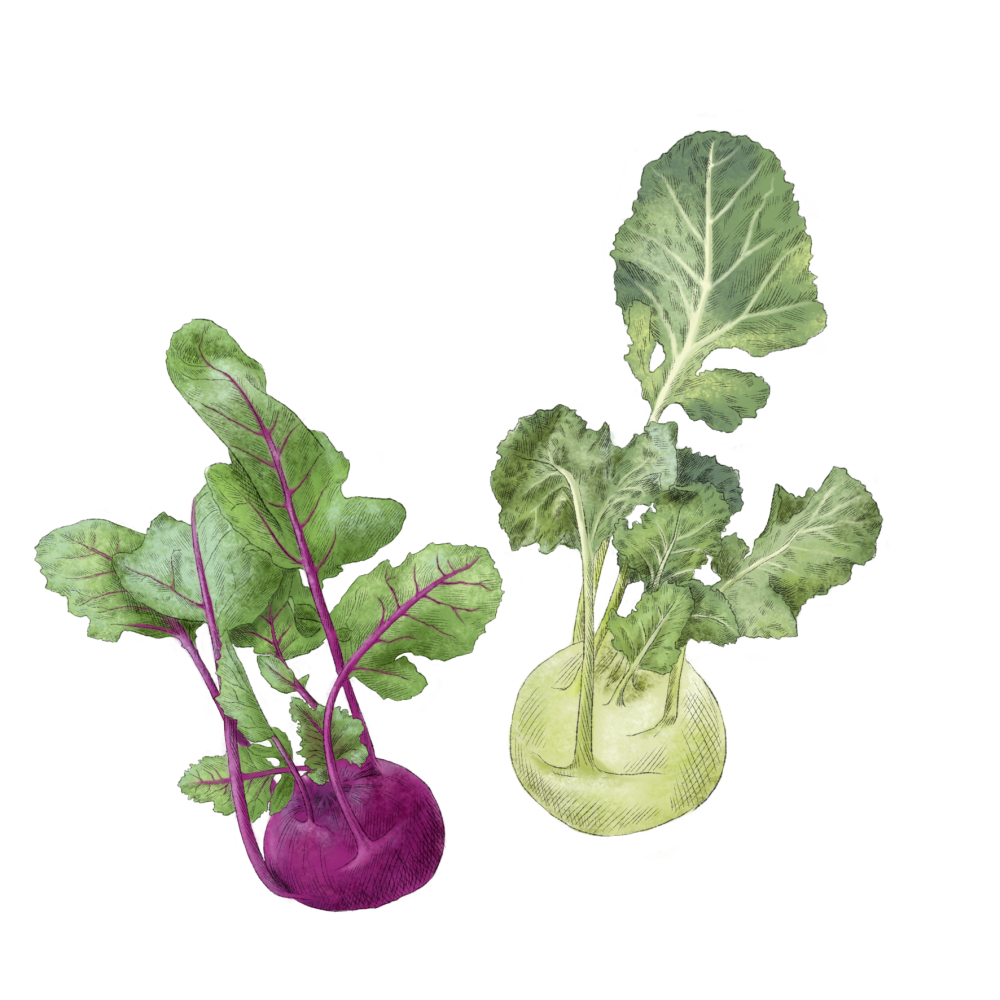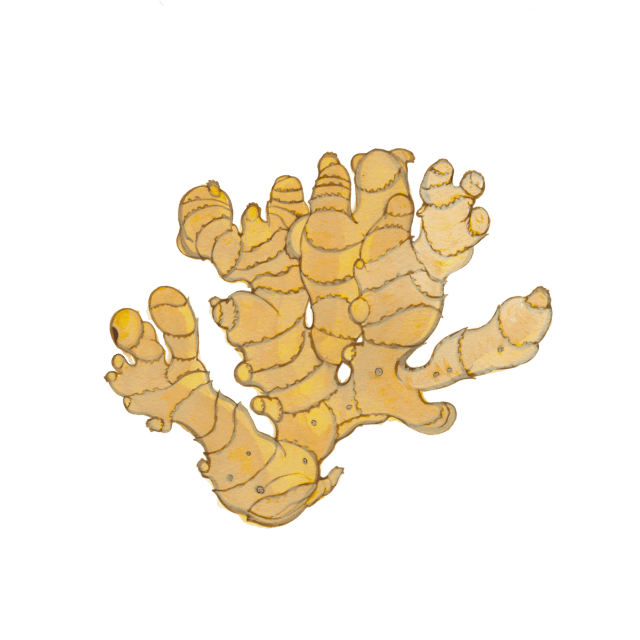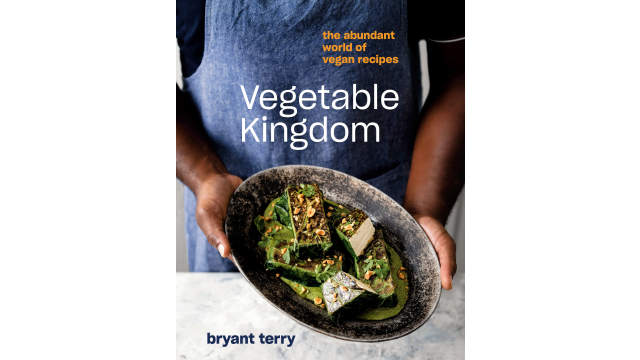Kohlrabi

Latin name: Brassica oleracea
Other names: German turnip
Uses: vegetable
What is kohlrabi?
Kohlrabi is in the cabbage family, but in this case the main edible part is not the leaves (as in cabbage) or flower buds (as in broccoli), but the round, swollen stem.
Why is kohlrabi healthy?
Like its relatives, kohlrabi makes for some healthy eating. To minerals (calcium, potassium, and magnesium) and vitamins A, B-6, and C, add dietary fiber and antioxidant compounds like phytochemicals and beta-carotene and you’ve got yourself one-stop shopping for whatever your body needs.
What does kohlrabi taste like?
Kohlrabi has firm, crisp flesh with the texture of a radish or apple, with a slightly peppery-sweet flavor. Sort of like a broccoli stem, but milder. The outer skin tends to be a bit tough and fibrous and should be peeled. The leaves are also edible and taste like broccoli leaves.
How do I use kohlrabi?
After peeling your kohlrabi to remove the tough outer skin, julienne it for salads and slaws, or slice or cube it. You can cook the greens like collards but take a bit longer to become tender. In general, you can use it like a large radish or turnip.
What does kohlrabi pair well with?
Kohlrabi is an ingredient with two lives: one is in Northern Europe, where it’s used like (and often with) potatoes: partnered with parsley and dill, lemon juice or vinegar, mustard seed, butter, cream, mild cheeses, apples, and leeks for salads, stews, and gratins. Its other life is in Kashmir, where it’s known as monj, and is one of the most-used ingredients. There kohlrabi is often paired with its sibling collard greens or mixed with ginger, chile, asafetida, mustard oil, and masala spices in curries and oily pickles.
Where does kohlrabi grow?
Kohlrabi’s forebears (and other members of its species) originally hail from the Mediterranean, but kohlrabi was bred in Northern Europe and had arrived back to the Mediterranean by the 16th century. Kohlrabi is a cool-season biennial crop that’s typically harvested in the spring.
How to buy kohlrabi:
Whether you buy the white, green, or purple varieties, look for a smooth, firm specimen without cracks or mushy spots, with the leaves still attached, and it’ll last for a couple weeks in the crisper of your refrigerator.
Fun kohlrabi fact:
Of all the cabbage-kin, kohlrabi is thought to be the youngest — only around 400 or 500 years old, if Italian botanist Pietro Andrea Gregorio Mattioli is correct. He was the first to describe it, writing in 1558 that it had recently come to Germany from Italy.




